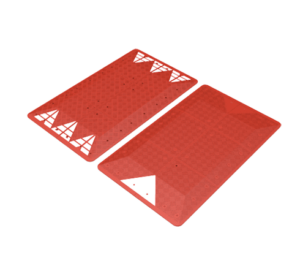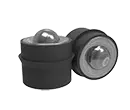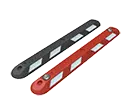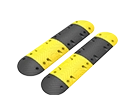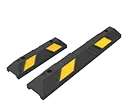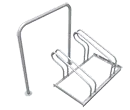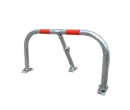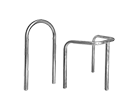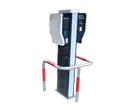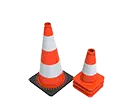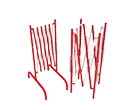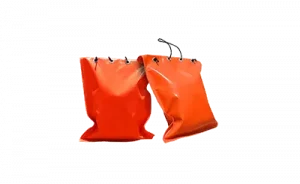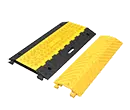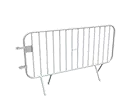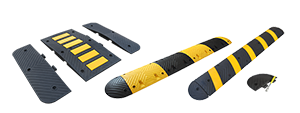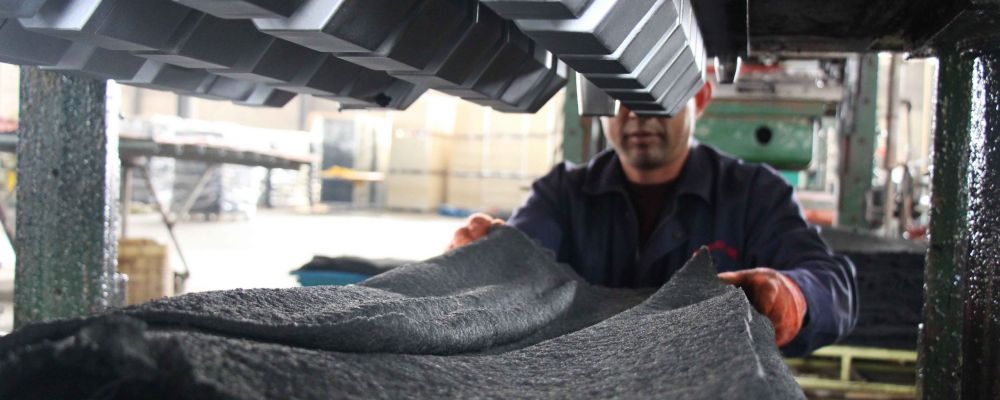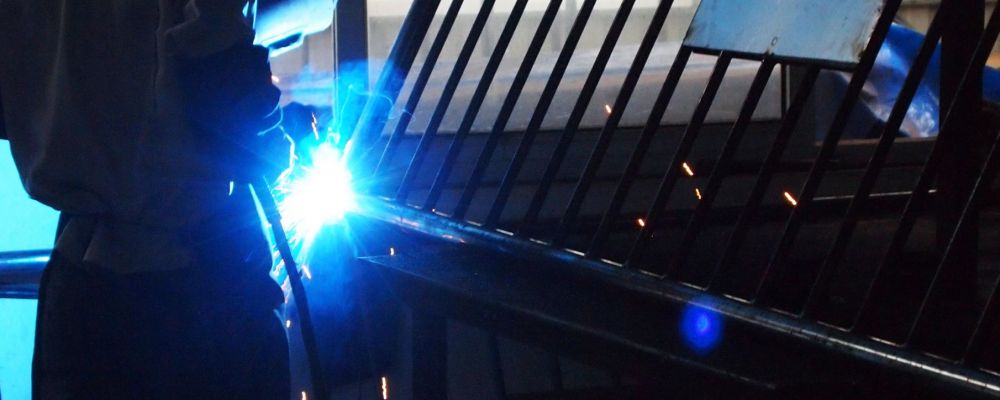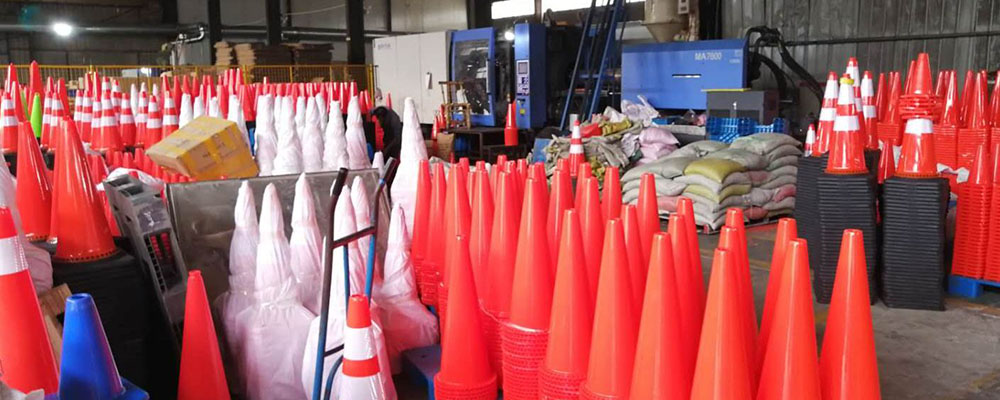10 alternatives to speed bumps!
Traffic calming is needed more than ever as the traffic in the UK is at the highest it’s ever been.
Speed humps and bumps are the most effective methods of traffic calming. Every speed bump and hump achieves the desired traffic speed reduction. These speed breakers are also praised for being cost-effective and taking full advantage of the road’s spacing.
Transportation engineers also look for the most efficient alternatives to speed bumps. This can be for a variety of reasons, such as for better drainage of stormwater, to implement crosswalks or just aesthetic value.
One must understand that traffic calming options work best when different methods are combined with each other.
Do you want to know more about this topic? We also have an article talking about the best traffic calming options.

10 alternatives to speed bumps
A transportation department concerned about traffic safety must use only the best traffic control devices. The construction project must observe all the surroundings to achieve maximum livability and prevent unsafe driving.
Speed bumps are efficient, but concrete ones can add to the traffic noise and wear down every speeding passenger car.
Plus, they cannot be used before every traffic intersection or junction. This is why there needs to be a set of alternatives for traffic control. All the main categories of traffic calming have measures that can be used in place of speed bumps.
They are the following:
Horizontal deflections
1. Chicanes
These are some of the most effective calming measures. They create extra turns on the road so the traffic swerves and slows down.
Disadvantage: They aren’t ideal for heavy vehicles, though.
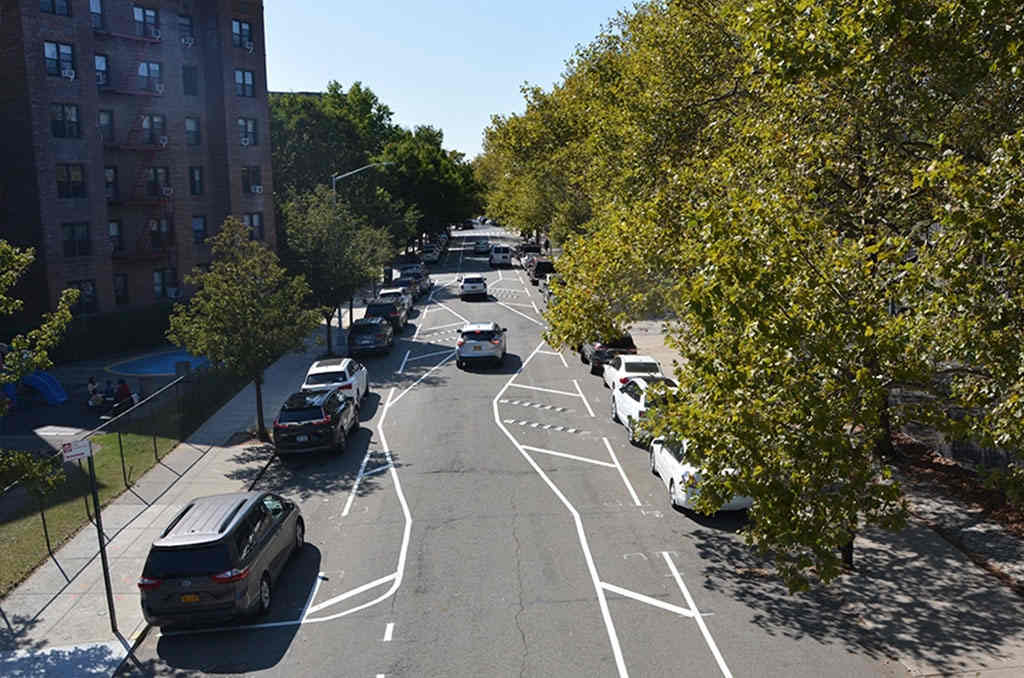
2. Median diverters
Medians essentially change the traffic direction and call for diversions into separate carriageways and streets, limiting traffic counts.
Disadvantage: However, they might not work in an area full of busy streets.
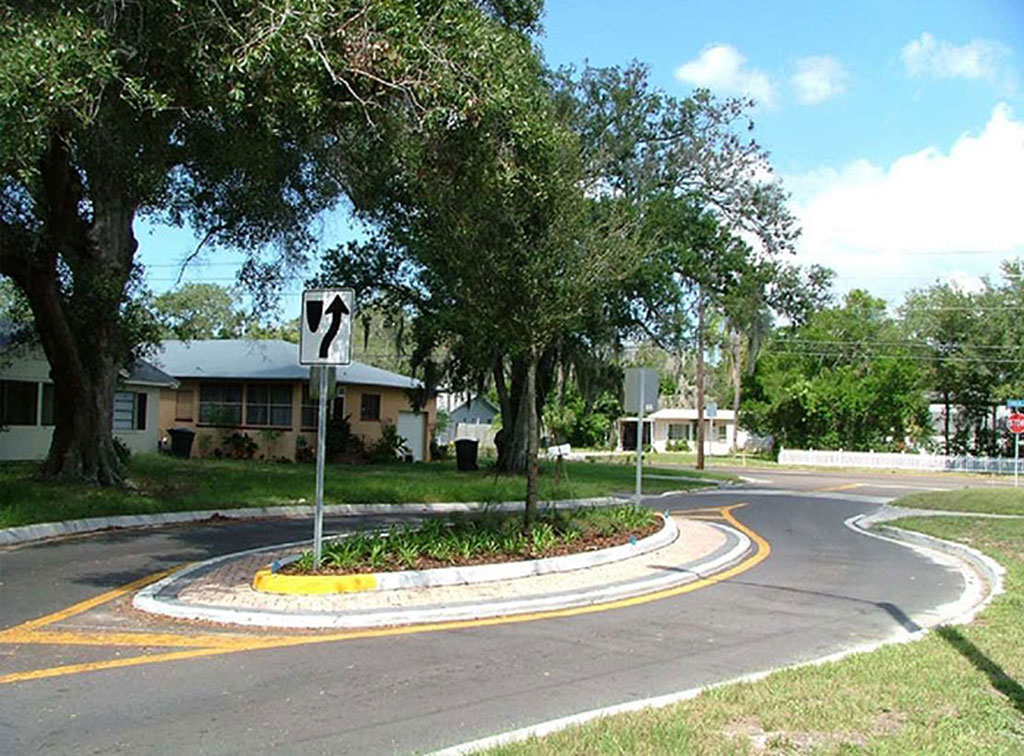
3. Corner radii
A corner radius, also known as a corner radius, is an efficient calming technique for an intersection. It leads to lower speeds of vehicles entering or leaving a street. It is safer for pedestrian crossings as well.
Disadvantage: They cannot be used everywhere.
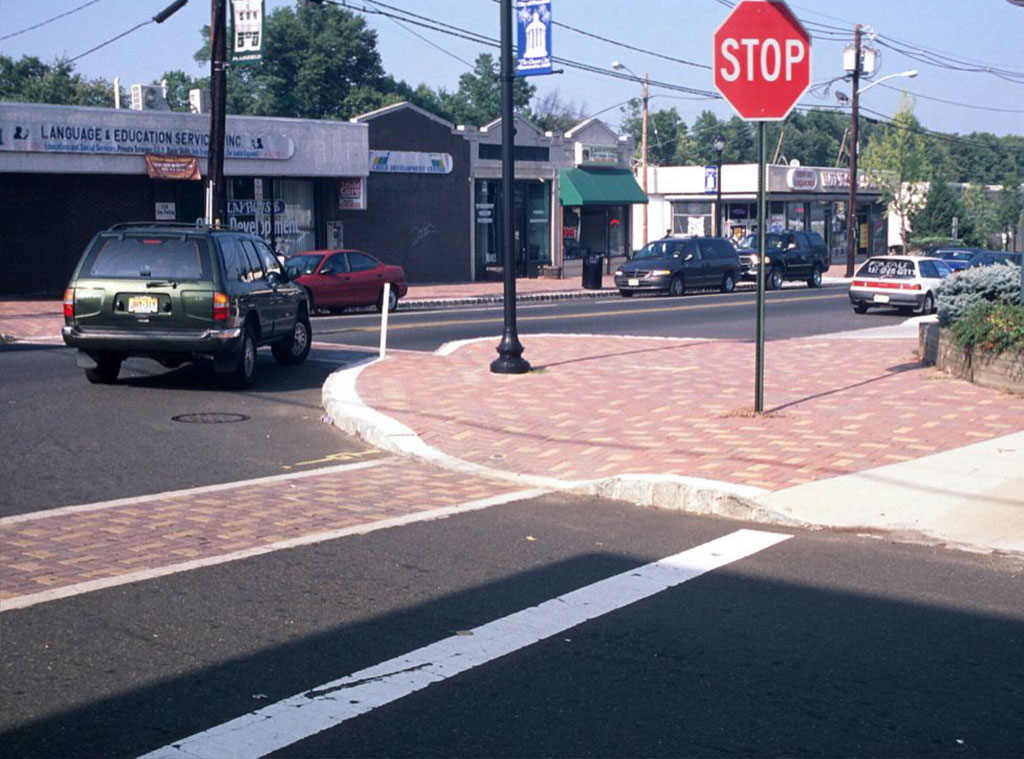
Road narrowing
4. Kerb extensions
Also known as Curb extensions, they increase the width of the curbs they’re designed for. An extension slows down motorists and can allow more areas for pedestrians to walk on and more street furniture.
Disadvantage: They won’t work for non-wide roadways.
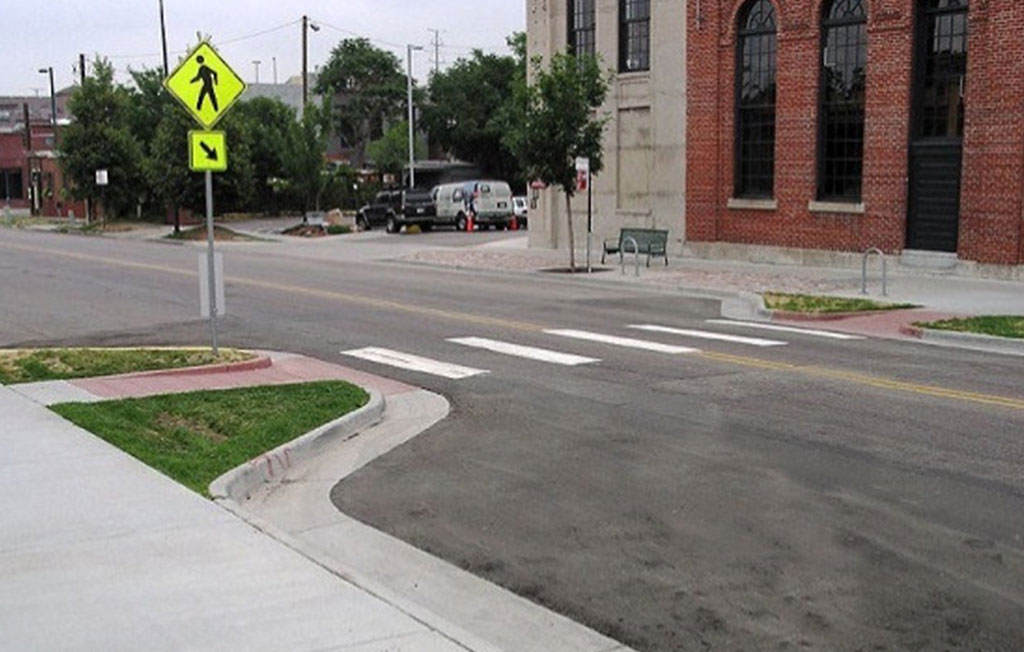
5. Bus or Bike lanes
These lanes favour buses or bicyclists and require the road to be narrowed. A lane just for a bus or cyclists is mostly collision-free and is combined with a speed limit sign to work efficiently.
Disadvantage: These lanes need bigger existing roads or streets.
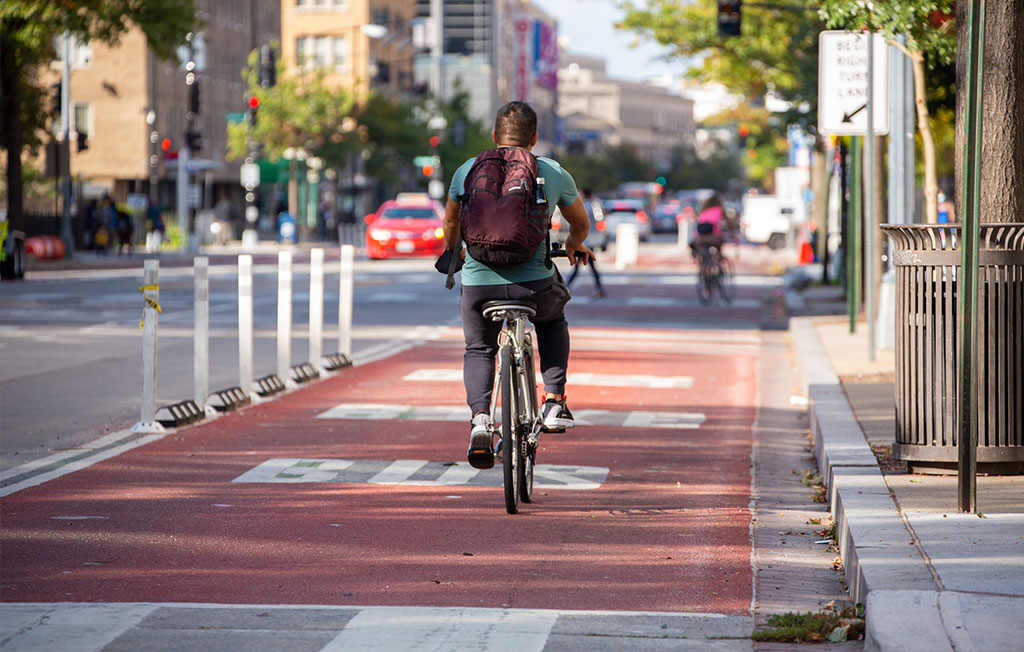
6. Two-way streets
A two-way street is a substitute for a one-way road where a one-way road cannot handle city traffic. It also provides an extra route for vehicles while slowing them down.
Disadvantage: These methods also require larger roadways.
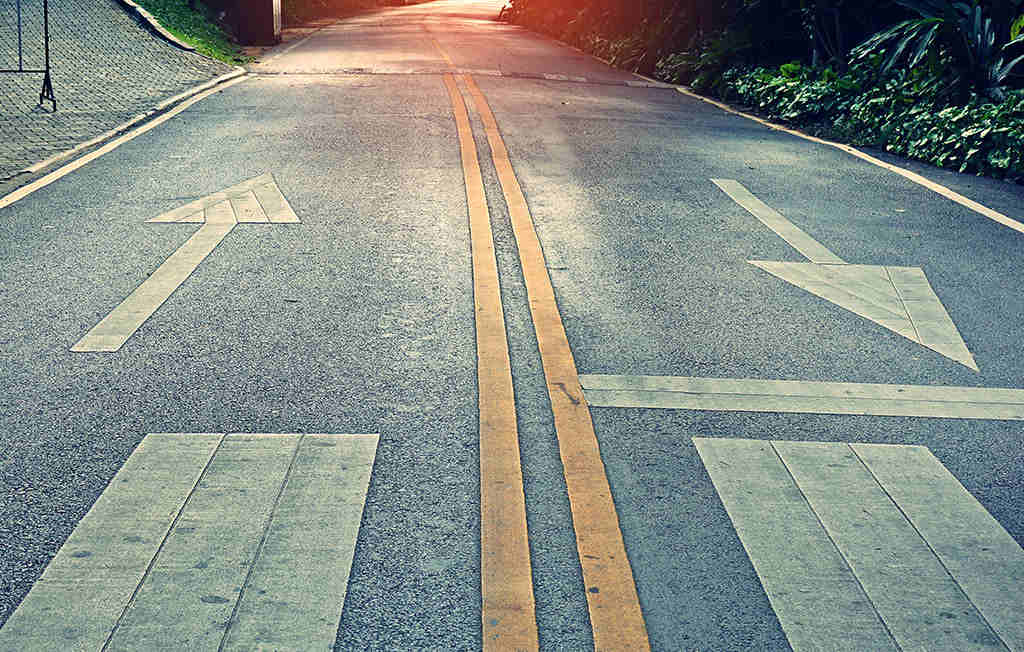
7. Pinch points
A pinch point is a road narrowing technique that only reduces the width of a small section of the road rather than the whole stretch of it. They are effectively combined with pedestrian crossings.
Disadvantage: They aren’t preferable to heavy and emergency vehicles.
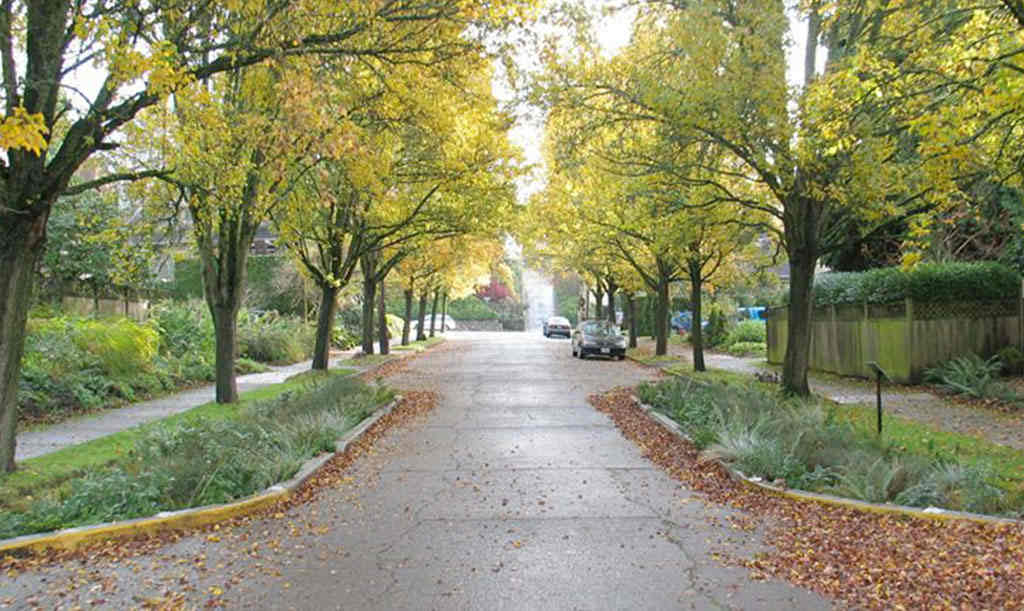
Vertical deflections
8. Speed tables
Speed tables can be found on many British roads. It has a flat top and lifts the entire vehicle instead of just one axle at a time.
Speed tables behave in the same manner as a ramp does. They’re effective, and they can work in unison with crosswalks.
Disadvantage: They do not work with vehicles with low ground clearances and need more space than other raised sections. They will also cost much more to construct than their other products, such as speed cushions.
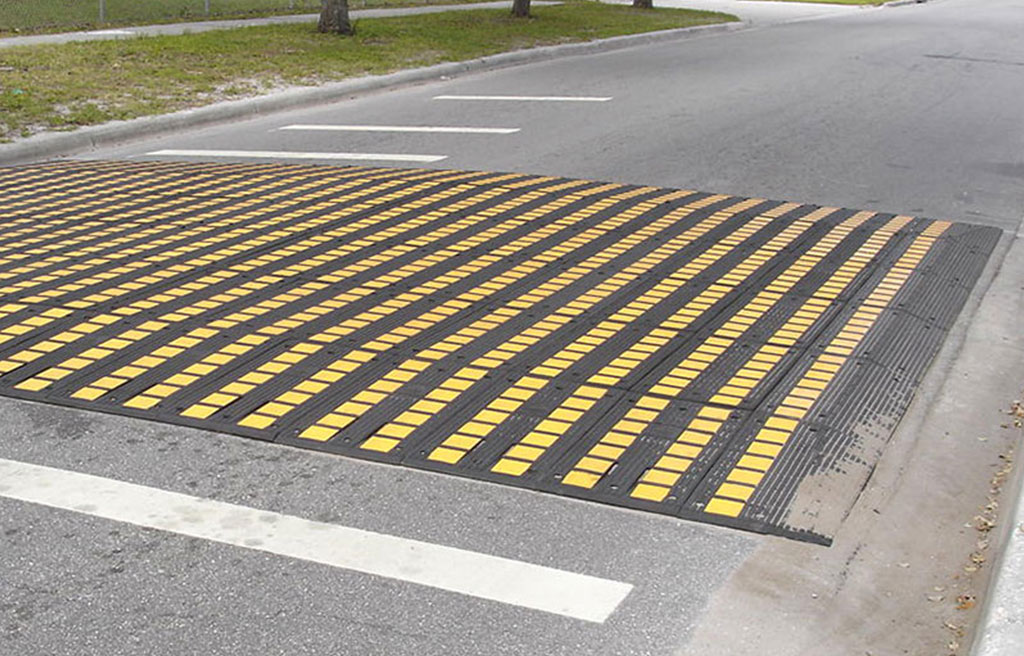
Digital and vehicle-activated methods
9. Traffic signals
A set of traffic lights can be found to calm traffic at most of the world’s intersections and junctions. Also known as traffic signals, signalized traffic can effectively reduce collisions by bringing traffic speed to a complete halt at a red light.
Disadvantage: The traffic congestion is increased.
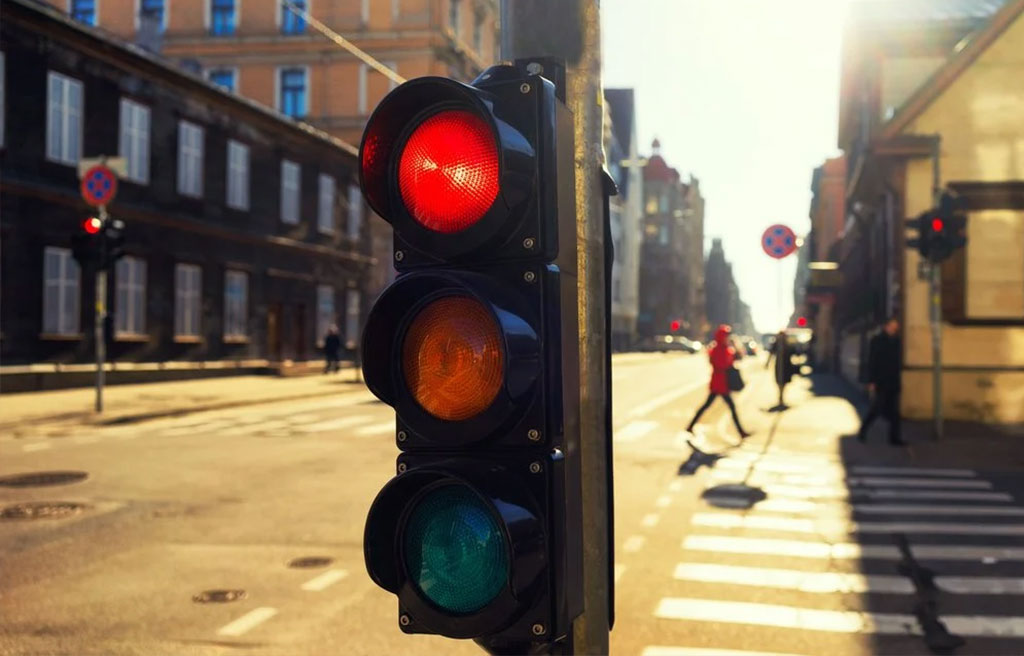
10. Speed cameras
Speed cameras tend to fine anyone who disobeys the speed limit signs. The fines from these digital methods can lead to major reductions in vehicular traffic speeds. These measures are usually implemented on highways and freeways.
Disadvantage: A speed camera works like radar, which can sometimes be incorrect.
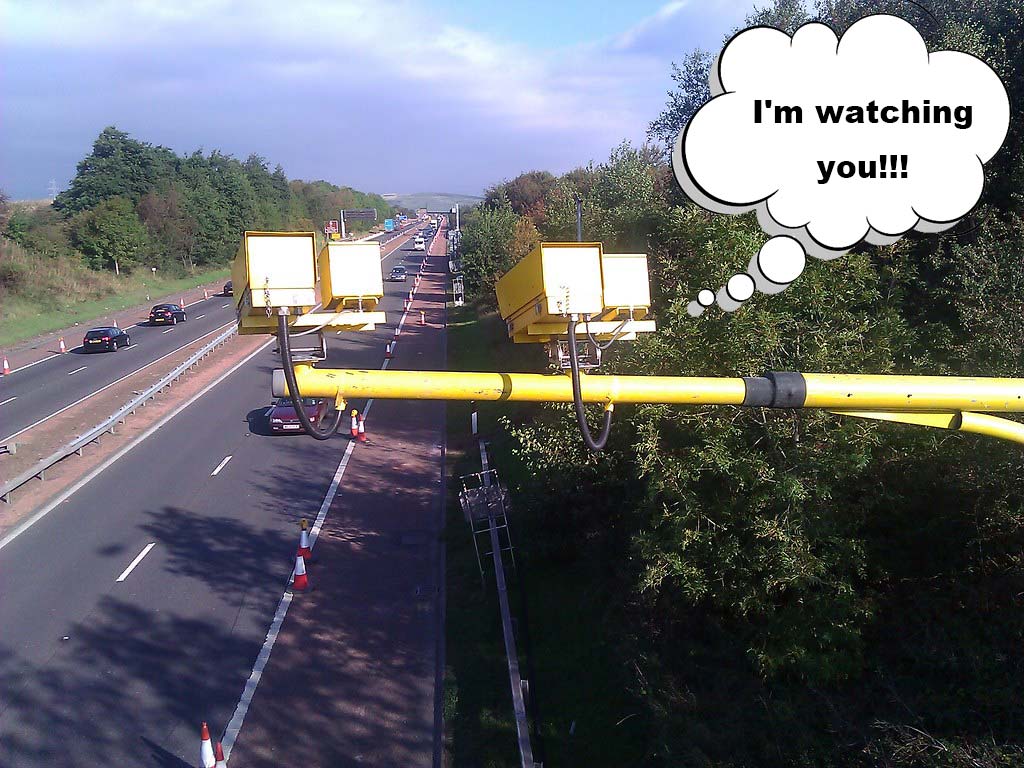
Conclusion
The speed bump is one of the most important traffic calming measures today and has been for almost a century. Its efficiency and cost-effectiveness continue to give it relevancy.
Speed bumps can be used in a hump or cushion configurations. These have their own sets of pros and cons.
However, a roadway may often be unsuitable for speed bumps for several reasons. This is when its alternatives are better options, and traffic engineers must know about these methods.
Also, optical illusions are making their way into calming traffic, which could be implemented regularly or shortly.
To learn more, we advise you to refer to the following pages:

